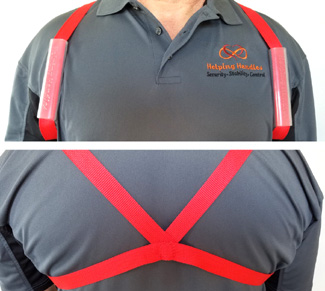Introducing Helping Handles Transfer Belt
Helping Handles Transfer Belt is the most innovative patient assistance device since the Gait™ belt. It revolutionizes fall prevention, transferring, and ambulation assistance. This transfer belt increases stability and confidence by giving the caregiver and patient helping handles to hold onto. Helping Handles ergonomically correct harness helps to avoid back injuries by keeping your back straight while helping the patient to stand or when lifting a person up off the floor or bed. This device can also be utilized as a vital piece of emergency equipment as well as a physical therapy tool for stretching, isometric and resistance training. The Helping Handles Transfer Belt is made with 600 pound nylon webbing and mid durometer PVC handles. With easy to grip ergonomically designed handles, it is completely adjustable and machine washable. This ambulatory aid is used to mobilize and move patients and assist with walking, transferring, and handling fall risk patients.
Helping Handles makes transferring, ambulating, lifting, and repositioning easier and more controlled. It has the potential to eliminate scratches and lacerations to the caregiver from the person being assisted because they had nothing to hold on to. By placing a second Helping Handles harness under the arms or buttocks of the patient, the caregiver has a better, more ergonomic lifting position providing more stability and security to the person being assisted.
When used properly, the Helping Handles Transfer Belt can help prevent caregiver back injuries while providing stability to the person being assisted. This will drastically help in the battle against falls in the patients facility or home.

- Increase Stability
- Increase Confidence
- Comfortable
- Ergonomically Correct
- Keep Back Straight
- Avoid Back Injuries
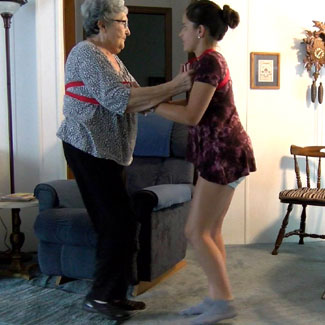
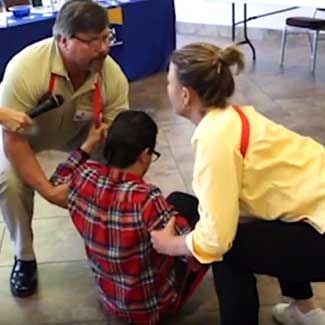
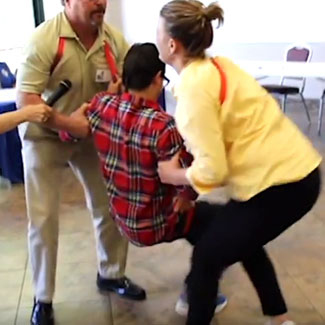
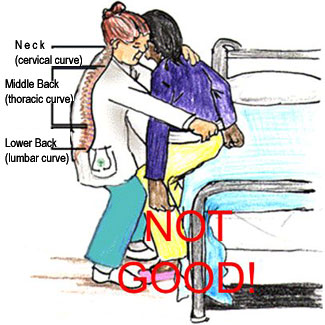
- Using a regular gait belt to lift all or most of a patient’s body weight is not an acceptable practice.
- Belts that are too wide may affect a patient’s ability to lean forward. Narrow, unpadded belts may dig into the patient’s waist.
- Gait belts without handles encourage the caregiver to grip the belt with a clenched fist. This generally causes the knuckles to press into the patient’s side, resulting in discomfort.
Every EMT, nurse, physical therapist, and caregiver should have a Helping Handles Harness Transfer Belt for ease of lifting and provide confidence for the patient.

